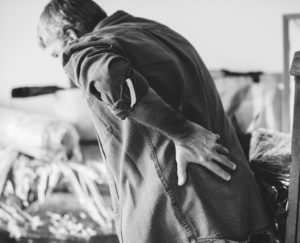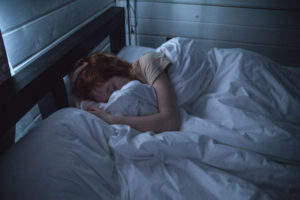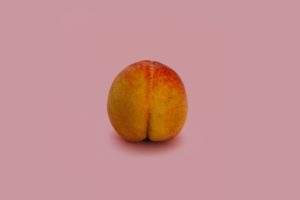The most common presentation of hemorrhoid disease is rectal bleeding, pain, itcing, or prolapse. Because these symptoms are extremely nonspecific and may be seen in a number of anorectal diseases, the physician must therefore perform an adequate rectal examinationto (including anoscopy) to confirm the diagnosis.
Minor rectal bleeding is one of the common symptoms that the hemorrhoid patients seek for the medical care. Most hemorrhoidal bleeding occurs with bowel movement, and it is caused by passing stool, particularly hard stools, and a lot of times that bleeding is a bright red in nature, and it may drip into the toilet sometimes.
 Severe pain is not a common symptom of hemorrhoids, because internal hemorrhoid happens in the area above the dentate line that is supplied by the visceral nerve, like those found within the intestines, which sense pressure rather than pain. Mild aching pain and skin iritating pain in the rectum is common because of local inflammation.
Severe pain is not a common symptom of hemorrhoids, because internal hemorrhoid happens in the area above the dentate line that is supplied by the visceral nerve, like those found within the intestines, which sense pressure rather than pain. Mild aching pain and skin iritating pain in the rectum is common because of local inflammation.
As the vessel complex of an internal hemorrhoid becomes varicose and continues to enlarge, it bulges into the anal canal and loses its normal anchoring, becoming a prolapsing internal hemorrhoid. The prolapsing hemorrhoid usually returns into the anal canal or rectum on its own after bowel movement, or can be pushed back inside using one’s finger, but usually prolapses again after the next bowel movement.
The rectal mucosal lining that has been pulled down secretes mucus and moistens the anus and its surrounding skin, while the stool itself can also leak onto the anal skin. Itchiness often occurs as a result of this dual presence of stool and moisture.
In general, symptoms of external hemorrhoids are different than those of internal hemorrhoids. External hemorrhoids can be felt as bulges at the anus, but rarely display any of the same symptoms seen with internal hemorrhoids. Occasionally, the external hemorrhoids or anal tag turns out to be quite large, which can make anal hygiene (cleaning) difficult or irritate the anus.
When the varicose vein complex of hemorrhoids ruptures, blood clots occur and build up the pressure inside the lump. This condition, known as thrombosed external hemorrhoid, causes an extremely painful bluish anal lump and often requires medical attention. The somatic nerve in the anal canal (below the dentate line) can sense pain, this is why the patients feel significant pain when they develop thrombosed external hemorrhoids. Thrombosed hemorrhoids may heal with scarring and leave a tag of skin protruding from the anus.
 Although the exact causes of skin tags are unclear, they usually result from one or more of the following:
Although the exact causes of skin tags are unclear, they usually result from one or more of the following: If you’ve ever experienced an itchy bum in the middle of the night, it’s quite an unpleasant sensation. Scratching the area may provide temporary relief, but the harshness of your nails ends up causing further irritation and damage to the already sensitive anal region.
If you’ve ever experienced an itchy bum in the middle of the night, it’s quite an unpleasant sensation. Scratching the area may provide temporary relief, but the harshness of your nails ends up causing further irritation and damage to the already sensitive anal region. Hemorrhoids, abscesses, fistulas, fissures, anal itching, rectal prolapse—with so many anorectal disorders out there, it’s hard to keep track of which is which. Two of these conditions, anal abscesses and anal fistulas, are closely linked to one another but can be easily distinguished via the guidelines below.
Hemorrhoids, abscesses, fistulas, fissures, anal itching, rectal prolapse—with so many anorectal disorders out there, it’s hard to keep track of which is which. Two of these conditions, anal abscesses and anal fistulas, are closely linked to one another but can be easily distinguished via the guidelines below.



